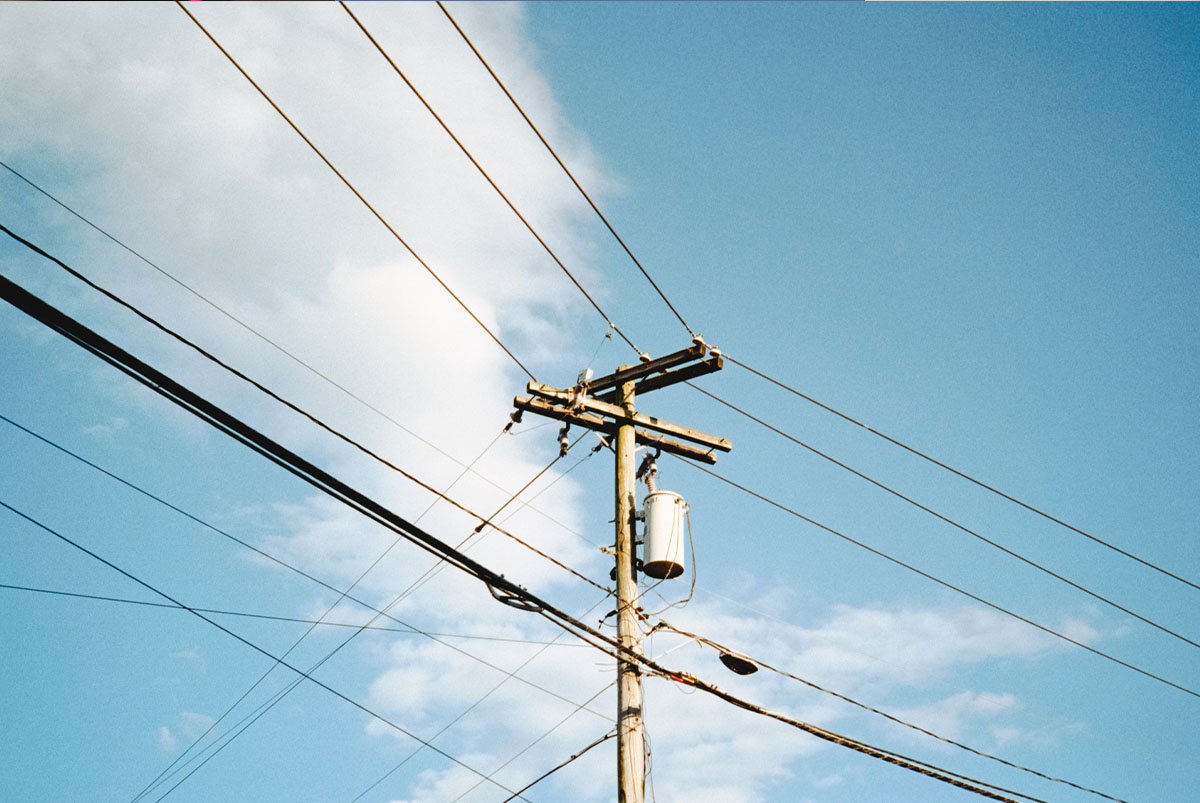Ready To Buy a Home?
Get Approved to Buy a Home
Rocket Mortgage® lets you get to house hunting sooner.
Across the United States, utility companies have millions of miles of electric, gas, water and sewer lines. But they don’t own all the land these lines run through. Instead, utility companies often have the right to build and keep their connections on private property through utility easements.
Utility easements are one of many types of easements that can be attached to your home’s deed. A home can also come with a right of way easement, which allows the general public to travel through someone’s land for a limited purpose, like an access road. There are also sight easements that allow a homeowner’s view to be maintained.
So what is an easement? The simplest definition is a legal right that allows a person (or organization) to use someone else’s land.
For example, if you own a home subject to a utility easement, the power company can arrive at your property unannounced and trim your tree if it’s in the way of the power lines.
While it might sound like a violation of your rights as a homeowner, utility easements are a necessity. Let’s discuss how a utility easement could affect your property, whether you’re entitled to compensation for a utility easement and if it’s possible to fight them.
How Does a Utility Easement Affect My Property?
If your property has a public utility easement, you might forget it exists until the utility company comes out to do work. However, it could become a serious inconvenience if the utility company has to do major repairs or install new equipment on your property.
When you have a utility easement, the utility company can legally use certain parts of your property to maintain or install equipment. That means the utility company can:
- Access the easement area on your property for routine maintenance
- Restrict where you can build certain structures, like pools, sheds and fences
- Limit where you plant trees and, if necessary, trim or cut down trees that are too close to the utility lines
As the property owner, you still have the right to use your land, but a utility easement may limit what you can do and where you can do it. Easement restrictions can also lower your property’s value. But in general, utility easements aren’t unnecessarily prohibitive and therefore shouldn’t have a significant impact on your home’s values.
Utility easement example
Say you want to buy a jacuzzi for your yard or build a fence for your new dog. You might have to get permission from the utility company first to ensure you’re not interfering with their equipment, like underground supply lines. If you disregard the easement area and build anyway, the utility company can remove the structure if it prevents them from accessing their equipment.
The size of an easement area can vary, but many utility easements are between 10 – 30 feet wide and in some cases, even more.[1] Easements are attached to individual properties. If you want to know exactly how wide your property’s easement is, take a look at your property deed or check in with the county clerk’s office.
Knowing the size of your utility easement will help you determine whether or not you can build or plant on certain parts of your property. This can prevent any misunderstandings or damage to your property.
How To Know if a Property Has a Utility Easement
Utility easements “run with the land,” meaning they’re attached to the title regardless of the owner of record.
Most utility easements are included in the home’s deed, which you can find at the local county records office. Another way to determine if a property has a utility easement is by calling local utility companies and asking.
Can I Receive Compensation for a Utility Easement?
If a utility company wants to create a new easement on your property, they may compensate you – usually in the form of a one-time payment. If you purchase a property that already has a utility easement, you probably won’t receive any sort of compensation.
Another instance where you might receive compensation for a utility easement is if your property is seized or condemned through eminent domain.
Generally, a utility easement is an arrangement that benefits you by providing power, internet, water, sewer, gas and other services in exchange for occasional access to your property.
How Close Can You Build to a Utility Easement?
Obstructing a utility easement can be problematic for both the utility company and the homeowner. An easement obstruction means there’s something blocking or interfering with the utility company’s easement area, making it difficult or impossible for them to access their equipment.
If you want to build something on your property near a utility easement, you’ll want to refer to the easement agreement for exact information. You should also call the easement holder (the utility company) to make sure you aren’t obstructing the easement area.
Depending on the type of utilities equipment, there are different rules regarding how close to the easement you can build. For instance, in Anaheim, California, you have to maintain 8 – 12 feet of vertical clearance from power line conductors.[2] So if you’re planning on building a shed, double-check the height to avoid being too close to the easement area of the electrical lines.
Now, how about that in-ground swimming pool you’ve always wanted? Make sure you contact the utility company before breaking ground to ensure you aren’t building too close to (or over) any buried lines on your property.
Can You Refuse a Utility Easement?
The idea of allowing someone the right to use part of your property is unsettling for some homeowners. If you’re wondering whether it’s possible to refuse a public utility easement, the short answer is yes. However, keep in mind that you could end up fighting the utility company in court – and that you may not emerge the victor.
How to remove a utility easement from your property
If you want to remove a utility easement from your property, speak to an experienced real estate attorney and gear up for a legal battle with the utility company.
As a homeowner, you have the right to challenge an easement. If there’s no longer a need for the easement, a judge might rule in your favor. But if the easement proves to benefit the public good, it won’t be easy to make your case against the easement’s continued existence.
With Great Land Comes Great Responsibility
Owning property comes with obligations, like taxes, maintenance and easements. Utility easements aren’t there to make your life difficult. They’re needed to connect you to power, water, gas, internet and other utility services.
Nevertheless, utility easements can be inconvenient – especially if you want to build something in your yard. As a homeowner, understanding your utility easements is important. So make sure you know the rules and restrictions of your home’s utility easements.
Take the first step toward buying a home.
Get approved. See what you qualify for. Start house hunting.
The Short Version
- When you have a utility easement, the utility company can legally use certain parts of your property to maintain or install equipment
- The size of an easement area can vary, but many utility easements are between 10 – 30 feet wide and in some cases, even more[1]
- If you want to remove a utility easement from your property, speak to an experienced real estate attorney and gear up for a legal battle with the utility company
American Legal Publishing’s Code Library. “Hudson, OH Code of Ordinances.” Retrieved September 2022 from https://codelibrary.amlegal.com/codes/hudsonoh/latest/hudson_oh/0-0-0-65648
City of Anaheim. “What is a Utility Easement?” Retrieved September 2022 from https://www.anaheim.net/5550/Utility-Easements




